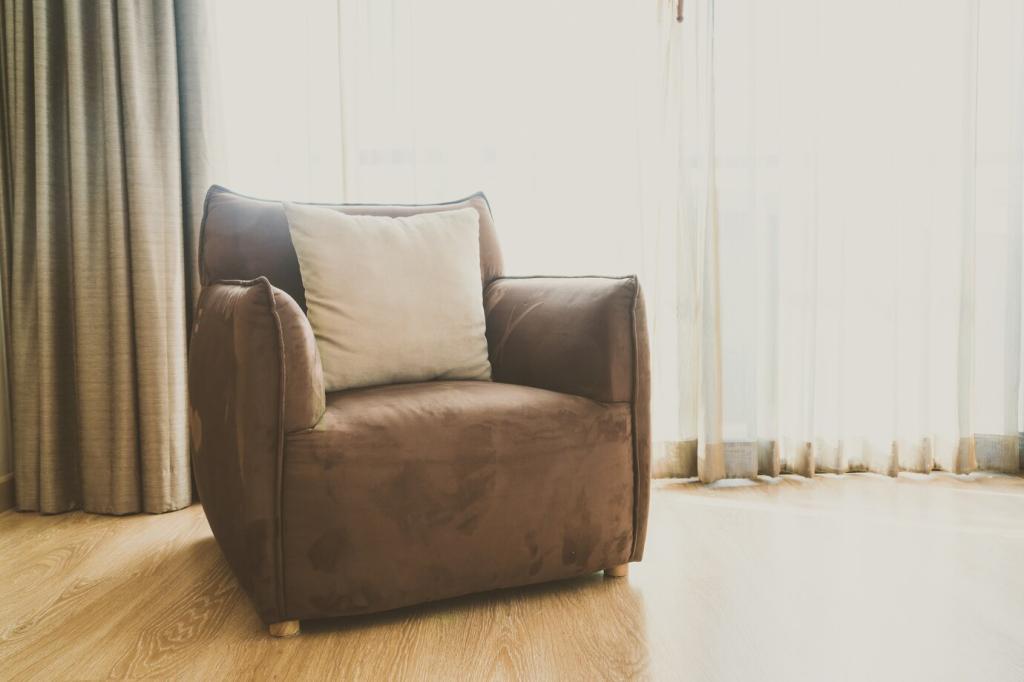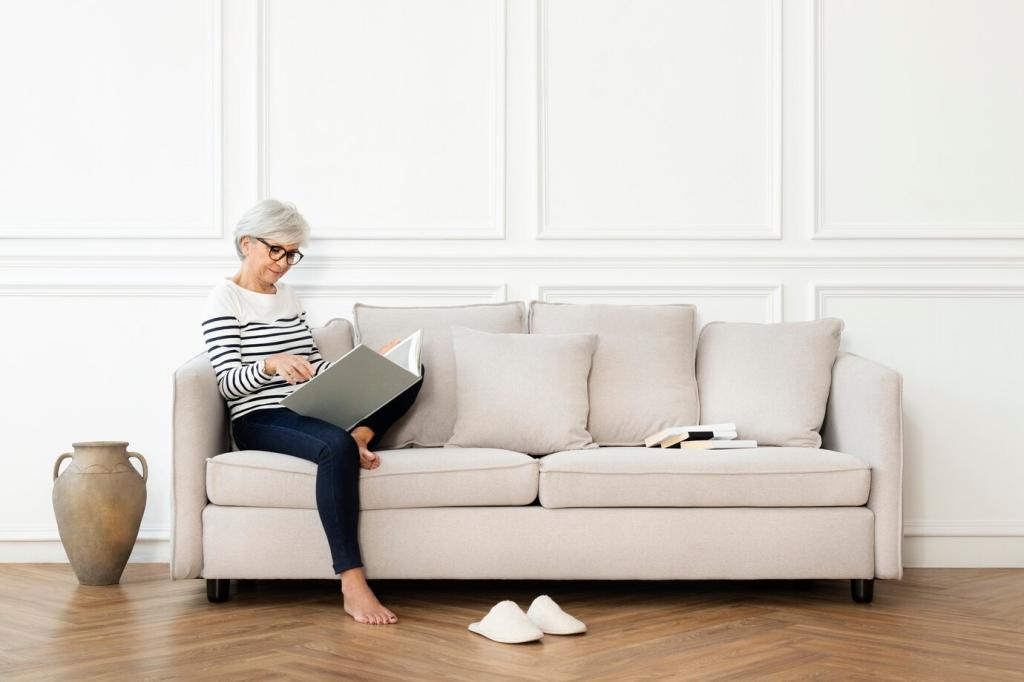Sustainability and Health: Materials You Can Live With
Seek GREENGUARD or similar low-emission certifications, FSC wood, and fabrics tested for harmful substances. Water-based adhesives and finishes reduce odors. Small choices add up: cleaner materials can improve indoor air quality, especially in compact rooms. Ask brands for transparency, and share what certifications matter most to you.
Sustainability and Health: Materials You Can Live With
Recycled polyester upholstery, responsibly sourced wool, natural latex cores, and jute webbing balance performance with planet-friendly intent. Durability itself is sustainable—fewer replacements mean fewer resources. Choose timeless textures and colors you’ll love for years, and tell us which eco-approaches resonate with your home values.








